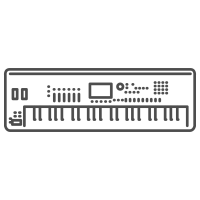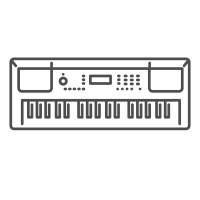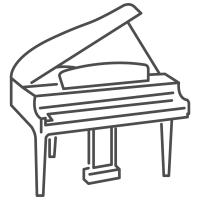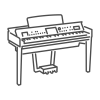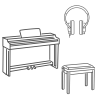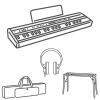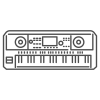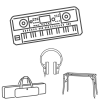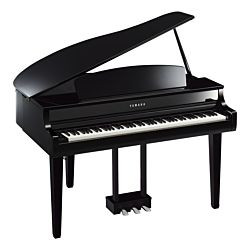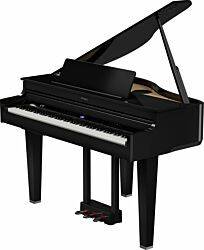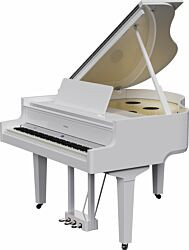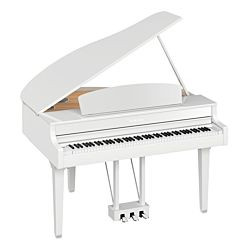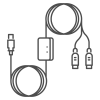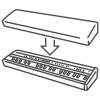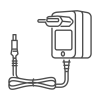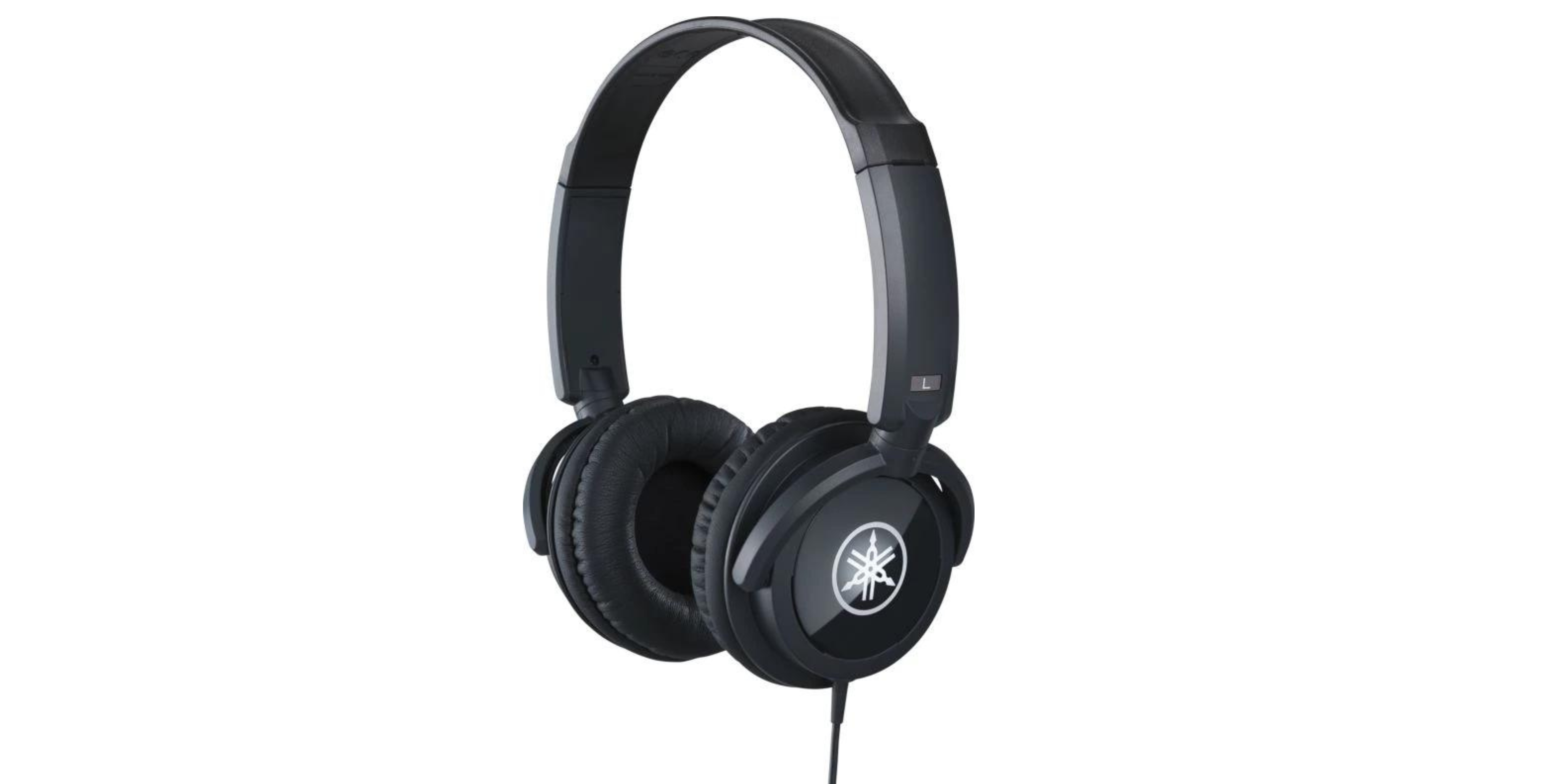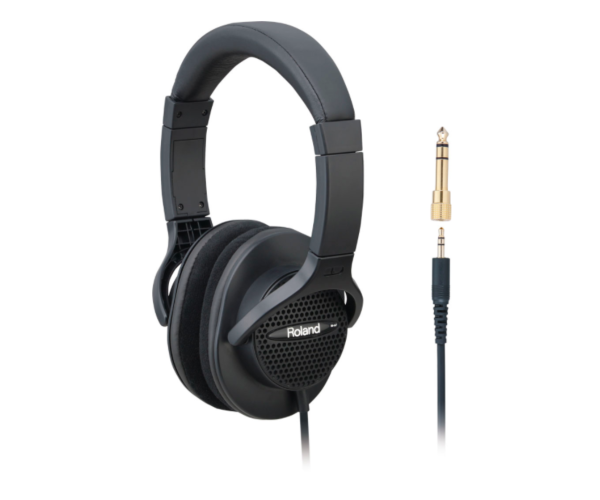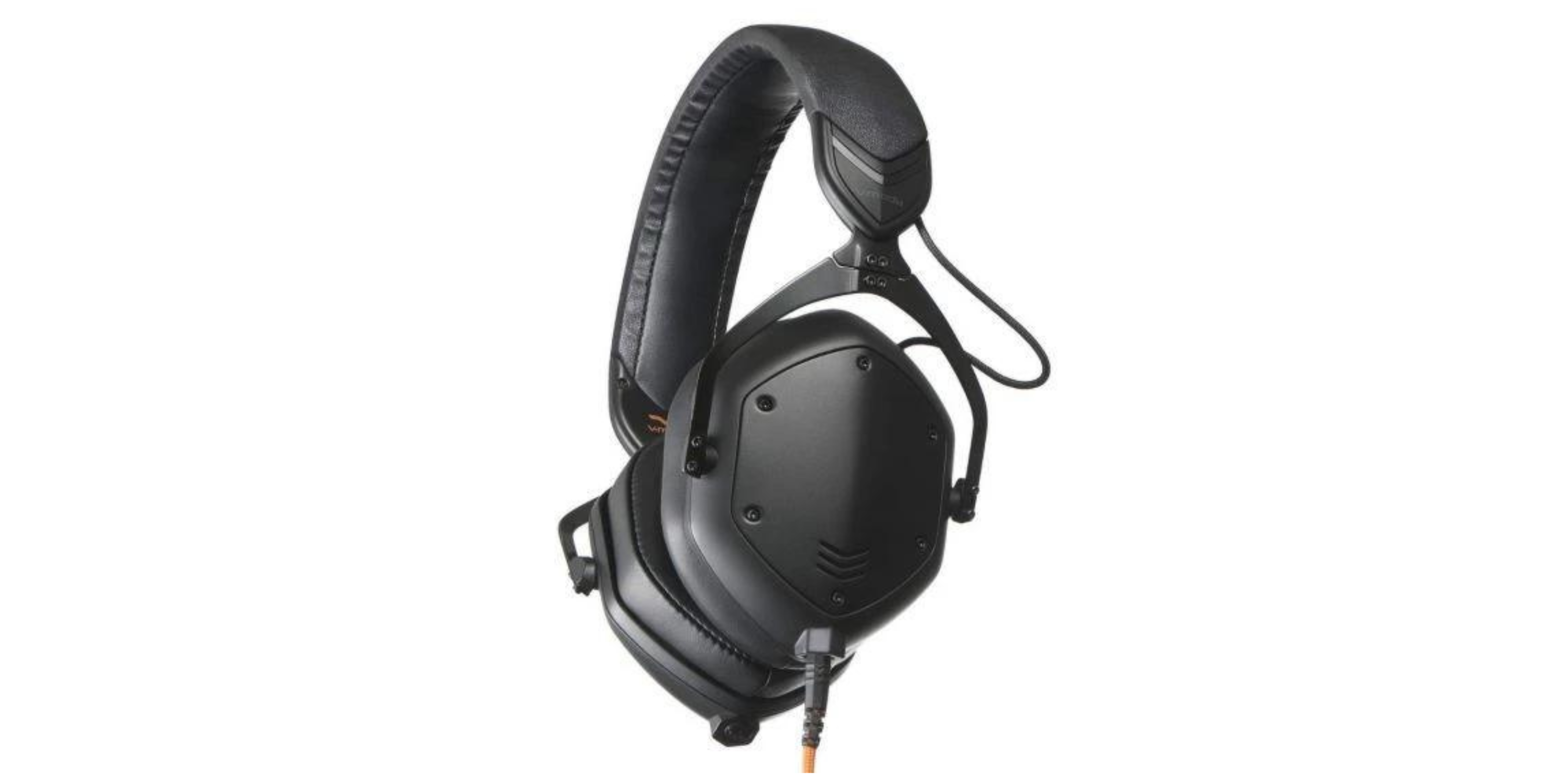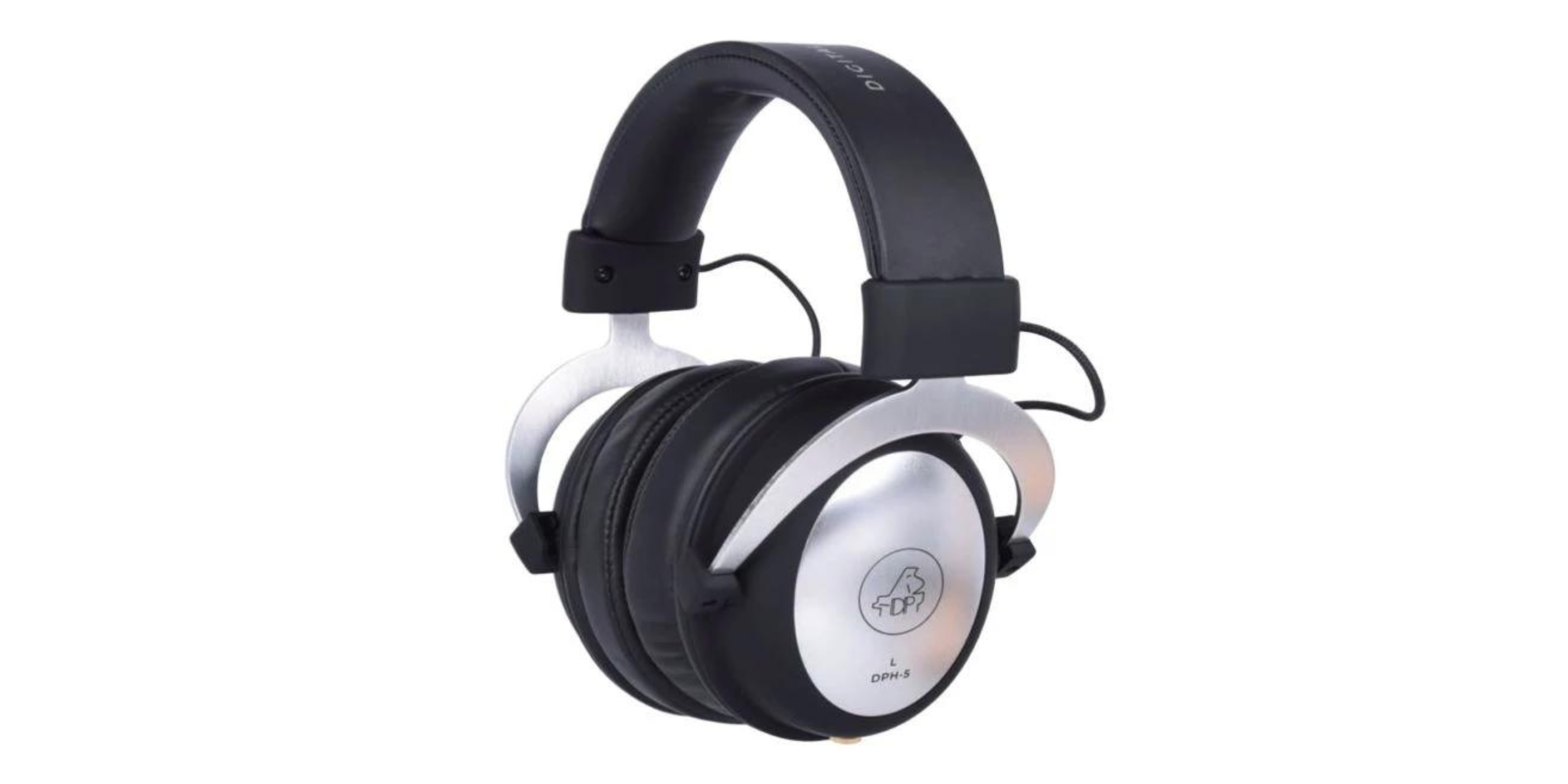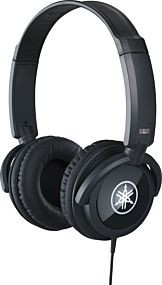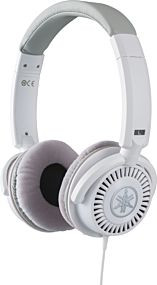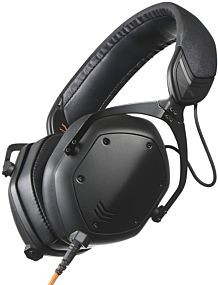Best Headphones for Digital Pianos | Buying Guide 2024
Nowadays, most digital pianos have a headphone jack. This means you can practice without bothering anyone. That’s probably the most useful feature of digital pianos that an acoustic piano cannot offer. Many people use cheap headphones that come with the piano instead of good ones that give a clear sound. It's important to choose headphones that let you hear all the details of your playing. What are the best headphones for digital pianos? There’s no one "perfect" pair of headphones for pianos. Each has its good and bad points. But some headphones are better for classical music. We'll talk about what to look for next.
What headphones type you should look for?
Headphones come in various styles like earbuds, over-ear, in-ear, and on-ear. However, when it comes to using them with a digital piano, in-ear and on-ear options don't quite hit the mark. Instead, over-ear headphones are the ideal choice.
Within the realm of over-ear headphones, there are two main types:
open-back and closed-back.
Each type comes with its own set of advantages and disadvantages. In our selection of the top 5 headphones, we'll include both closed-back and open-back options, giving you the flexibility to choose what suits your preferences best.
What are closed-back headphones?
Closed-back headphones feature a fully sealed design at the back, ensuring that sound only travels to your ears and effectively blocks external noise. This design also minimizes any sound leakage from the earpieces.
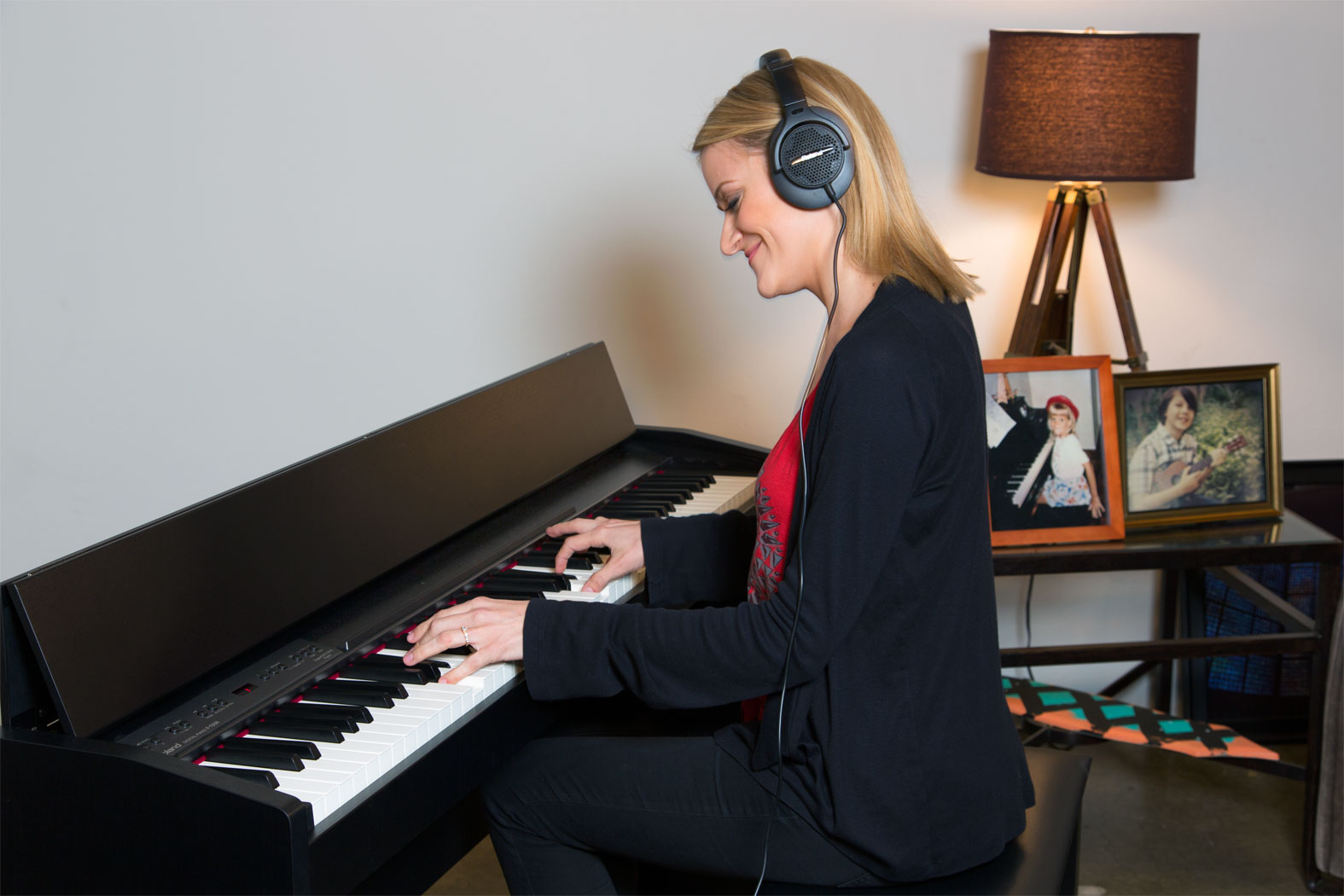
What are the advantages of closed-back headphones?
Closed-back headphones offer several advantages over open-back headphones.
Noise isolation: Closed-back headphones provide better isolation from external noise compared to open-back headphones. This makes them suitable for use in noisy environments like offices, public transportation, or busy streets.
Minimal sound leakage: The closed design helps contain sound within the ear cups, preventing it from leaking out and disturbing those around you. This makes closed-back headphones more suitable for use in shared spaces or when privacy is important.
Enhanced bass response: The sealed design of closed-back headphones often results in improved bass response, providing a more impactful low-end sound compared to open-back headphones.
Durability: Closed-back headphones typically have a sturdier construction, with the ear cups fully enclosed to protect the internal components. This makes them more resilient to wear and tear, making them suitable for use in various environments.
Who should use closed-back headphones?
Closed-back headphones, though they may not offer the same natural sound as open-back headphones because of their isolating design, are perfect for individuals commuting in noisy environments such as subways or trains. So, if you’re going to be on an airplane or in a car every day, you want closed-back headphones for your trip. They're also favoured by audio professionals like DJs, mixers, and recordists for their effective noise isolation. Because closed-back headphones allow you to listen to yourself while you record without much danger of your mic picking up unwanted noise.
|
Pros |
Cons |
|
Great bass response |
Soundstage seems less open and airy |
|
Good noise isolation |
Ears may become sweaty/hot after a few hours of use. |
|
Music won’t be heard by others nearby (unless you turn the volume way up) |
Tend to “colour” the sound. |
|
Great for ‘focused practice’ |
|
What are open-back headphones?
Open-back headphones are a type of headphone design where the ear cups are not fully enclosed. Instead, they have perforations or openings on the back of the ear cups, allowing air and sound to pass through. This design contrasts with closed-back headphones, which have a solid enclosure around the ear cups.

What are the advances of open-back headphones?
Open-back headphones have several advantages:
Natural sound: Open-back headphones typically provide a more natural and spacious sound compared to closed-back headphones. The open design allows air to flow through the ear cups, resulting in a more airy and immersive listening experience.
Wide soundstage: Due to their open design, open-back headphones often produce a wider soundstage. This creates a sense of depth and separation between instruments, making the soundstage feel more expansive and lifelike.
Comfort: The airflow provided by the open-back design helps dissipate heat and moisture, making open-back headphones more comfortable for extended listening sessions compared to closed-back headphones.
Reduced ear fatigue: The lack of pressure buildup inside the ear cups reduces ear fatigue, allowing you to listen to music for longer periods without discomfort.
Minimal resonance: Without a sealed enclosure, open-back headphones don't suffer from resonances and low-frequency build-up, resulting in a cleaner and more natural sound reproduction.
Who should use open-back headphones?
Open-back headphones don't block out much sound, so if you use them in an office, your coworkers might hear your music and complain about it. They're better suited for home use. However, many music lovers prefer them because they offer a more natural sound and wider listening experience.
With open-back headphones, you'll hear everything around you, though a bit quieter depending on the model. This can be good if you need to stay aware of your surroundings, like when you're taking care of kids. But it might be a problem in noisy places like busy streets or with loud neighbors. If you're a parent or caregiver, open-back headphones could be a good choice for you.
|
Pros |
Cons |
|
Wide and open/airy soundstage |
Sound leakage. |
|
Great instrument separation |
Poor isolation |
|
Accuracy and clarity of sound |
Not meant for outdoor use |
|
Perfect for instrumental and classical music |
Not very punchy bass |
|
More comfortable to wear over longer periods of time. |
|
Yamaha HPH-150
Immerse yourself in comfort with these open-air headphones, featuring small, soft, and lightweight velour ear pads designed for extended listening sessions and prolonged practice. The added convenience of a swivel mechanism allows you to effortlessly adjust the headphones to align perfectly with the unique angle of your ears.
Specifically crafted for digital instrument players, the HPH-150B headphones boast a neutral tone palette, ensuring faithful reproduction of digital musical instrument sounds in high fidelity. The precise tonal quality enhances your listening experience, making these headphones an ideal choice for those who seek accurate and balanced audio representation.
Key Features:
-
Open-air and open-back headphones with a neutral tone palette for faithful reproduction of digital musical instrument sounds.
-
Small, soft, lightweight velour ear pads for exceptional comfort.
-
Swivel mechanism for a personalized fit based on your ear angle.
Elevate your auditory experience with headphones designed to deliver precise tonal quality, perfect for the discerning ears of digital instrument players. Fit Your Ear Angle
|
Pros |
Cons |
|
Includes a gold-plated stereo plug and 2-meter cable for easy, convenient connection |
There's no padding on the headband.
|
|
Compact, fashionable design available in black or white to match your instrument. Ideal for digital piano playing, mixing, and mastering, and music listening. |
|
Roland RH-A7
With the growing popularity of digital pianos, having a reliable pair of headphones is crucial. Introducing the RH-A7 headphones – your perfect companions. They are lightweight, comfortable, and securely fit, allowing you to wear them for long playing sessions. The open-air design lets you chat without taking them off. Most importantly, the RH-A7 headphones deliver top-notch sound quality, capturing every nuance of your digital piano performance, from gentle pianissimo to powerful fortissimo. Elevate your playing experience with these essential accessories.
Key Features:
-
Delivers high-quality sound capturing every nuance of your digital piano performance.
-
These are closed-back headphones
-
From gentle pianissimo to powerful fortissimo, experience the complete dynamic range.
-
These headphones are essential accessories for enhancing your overall playing experience.
|
Pros |
Cons |
|
A high-fidelity design optimally suited for modern instruments such as digital pianos |
The ear padding may not be as durable as some higher-end headphones |
|
Wide-ranging and well balanced |
Not wireless |
|
Open-air construction lets you have a conversation without having to remove headphones |
|
|
Light (approx. 200 g), comfortable, and secure fit; enables extended sessions without fatigue |
|
|
Available in 2 colors: black and white |
|
V-MODA Crossfade M-100 Master Stereo-headphones
The Crossfade M-100 Master headphones bring a new level of professional sound with advanced dual-diaphragm 50mm drivers and Japanese CCAW coil technology, delivering Hi-Res Audio and a 3D soundstage. Certified by the Japan Audio Society, these headphones provide a sophisticated sound signature with vibrant and detailed audio, making them ideal for professionals.
Included with the headphones are the SpeakEasy™ 1-Button Mic Cable and SharePlay™ Cable. For additional customization, you can choose from optional extras like the CoilPro Cable, BoomPro Microphone, Speakeasy DAC/AMP Lightning Cable, and Audio Only Cable to suit different needs.
Keyfeatures:
-
These headphones are closed-back headphones.
-
Speakeasy DAC/AMP Lightning Cable allows for studio-quality sound from your iOS devices
-
BoomPro Microphone ensures crystal clear communication and a next-level gaming experience.
-
Audio Only Cable removes remotes from the equation, going straight to your instrument for pure analog sound
|
Pros |
Cons |
|
The headphones are known for their rugged and durable build, with a steel frame and headband. |
The headphones are in a higher price range. |
|
The ear cushions are designed for comfort during extended listening sessions. |
The design of the headphones is a bit bulky. |
|
The headphones are designed to be foldable, making them more portable and convenient for travel. |
|
Digitalpiano DPH-5 Stereo-Headphones
DPH-5 Stereo Headphone from Digitalpiano.com, is a closed monitoring headphones that's uniquely designed for professional monitoring occasions. It has an excellent sound sound, can reduce ambience noises effectively, contains balanced middle and low frequencies and has clear and powerful high frequencies: all of which makes it possible for you to enjoy playing the piano.
Keyfeatures:
-
Noble and fashionable design, light in weight
-
These are closed-back headphones
-
50 large membrane driver match perfectly with the cavity, excellent sound
-
Utilise NdFeB magnet system, perfect instant dynamic response
|
Pros |
Cons |
|
Precise cavity design, can reduce distortion to the lowest level |
Only avaible in one Design |
|
Light in Weight, easy to carry |
Not wireless |
|
Closed structure, circumaural design, accurate and clear sound |
|
In closing, we hope this article has provided valuable insights to assist you in selecting the perfect headphones for your cherished digital piano.
It's important to recognize that there's no such thing as a flawless pair of headphones. Each model comes with its own set of strengths and weaknesses, and ultimately, the choice boils down to personal preferences and requirements.
All five headphones featured in this list boast neutral, well-balanced sound profiles, coupled with excellent instrument separation and clarity. Any of these models would serve you admirably, provided you consider the trade-offs between closed-back and open-back designs.
For those residing in tranquil environments where sound leakage isn't a concern, open-back headphones offer an enticing proposition. They deliver a spacious soundstage, breathable ear cups, and an immersive listening experience that lets you remain aware of your surroundings.
Conversely, in bustling environments, closed-back headphones are the prudent choice. They afford superior isolation from ambient noise, minimal sound leakage, and a deeply engaging auditory experience.
In conclusion, prioritize a headphone model that aligns with your lifestyle, listening preferences, and budget. After all, the joy of music lies in the experience it brings, and the right pair of headphones can truly elevate that experience to new heights.


